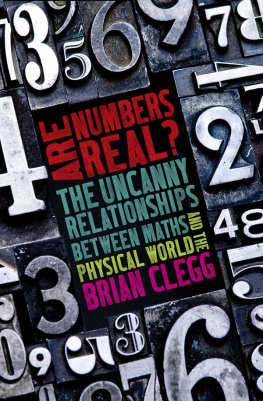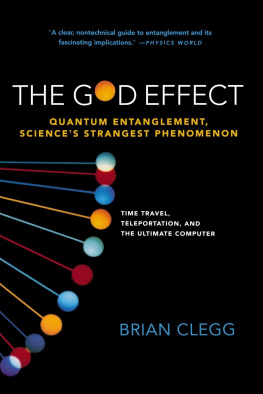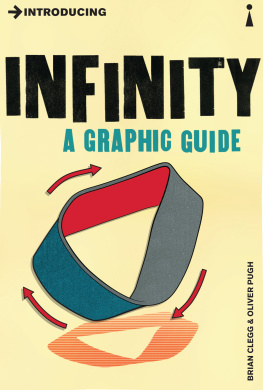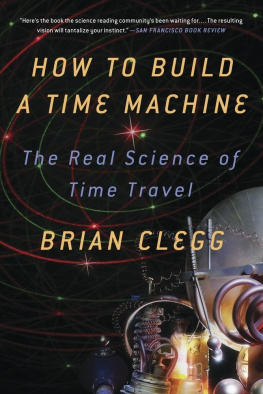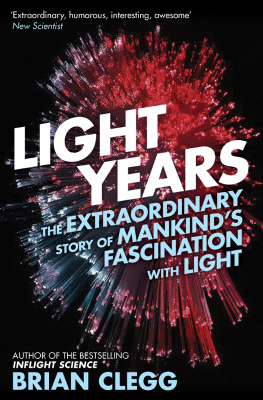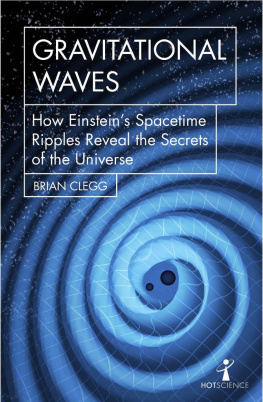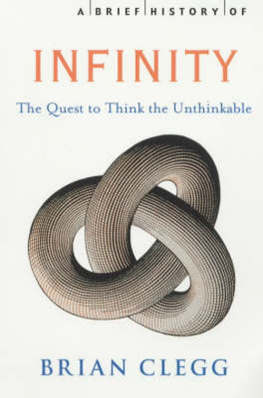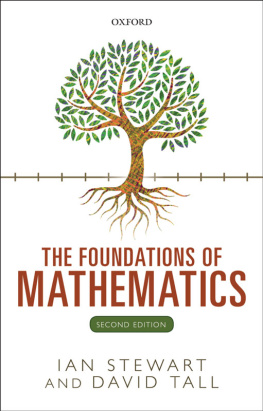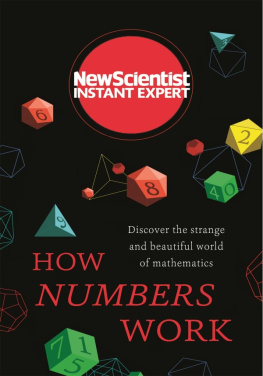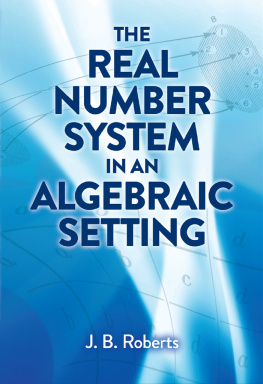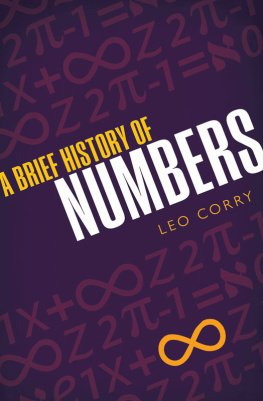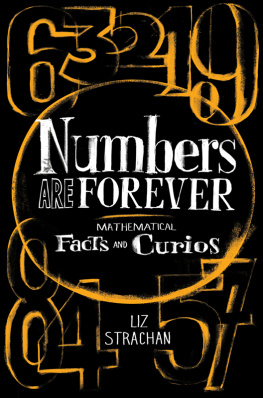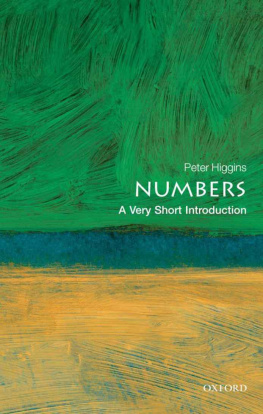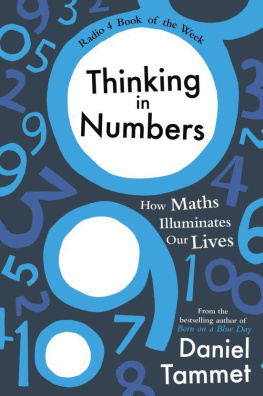Brian Clegg - Are Numbers Real?: The Uncanny Relationships Between Maths and the Physical World
Here you can read online Brian Clegg - Are Numbers Real?: The Uncanny Relationships Between Maths and the Physical World full text of the book (entire story) in english for free. Download pdf and epub, get meaning, cover and reviews about this ebook. year: 2017, publisher: Robinson, genre: Science fiction. Description of the work, (preface) as well as reviews are available. Best literature library LitArk.com created for fans of good reading and offers a wide selection of genres:
Romance novel
Science fiction
Adventure
Detective
Science
History
Home and family
Prose
Art
Politics
Computer
Non-fiction
Religion
Business
Children
Humor
Choose a favorite category and find really read worthwhile books. Enjoy immersion in the world of imagination, feel the emotions of the characters or learn something new for yourself, make an fascinating discovery.
- Book:Are Numbers Real?: The Uncanny Relationships Between Maths and the Physical World
- Author:
- Publisher:Robinson
- Genre:
- Year:2017
- Rating:3 / 5
- Favourites:Add to favourites
- Your mark:
Are Numbers Real?: The Uncanny Relationships Between Maths and the Physical World: summary, description and annotation
We offer to read an annotation, description, summary or preface (depends on what the author of the book "Are Numbers Real?: The Uncanny Relationships Between Maths and the Physical World" wrote himself). If you haven't found the necessary information about the book — write in the comments, we will try to find it.
Have you ever wondered what humans did before numbers existed? How they organized their lives, traded goods, or kept track of their treasures? What would your life be like without them?
Numbers began as simple representations of everyday things, but mathematics rapidly took on a life of its own, occupying a parallel virtual world. In Are Numbers Real? Brian Clegg explores the way that maths has become more and more detached from reality, yet despite this is driving the development of modern physics.
From devising a new counting system based on goats, through the weird and wonderful mathematics of imaginary numbers and infinity to the debate over whether mathematics has too much influence on the direction of science, this fascinating and accessible book opens the readers eyes to the hidden reality of the strange yet familiar world of numbers.
**
ReviewIn Are Numbers Real Clegg tackles a very deep question in his usual way; with clarity, wit and a wonderfully clear narrative writing style. For me, numbers are like natural language: they obviously dont exist in a physical sense you cannot trip over the number 2 in the street yet numbers are at the heart of understanding the universe. Clegg covers a wide variety of subjects to seek out the truth of the matter in an engaging and hugely accessible way. I personally couldnt put it down, and as an active researcher in the field itself, it has provided me with some very real (?) food for thought. Dr. Peet Morris, University of Oxford
Brian Cleggs Are Numbers Real? Is a compact, very readable, and highly entertaining history of the development and use of mathematics to answer the important practical questions involved in advancing civilization... Even for the reader not versed in the vector calculus used in the statement of Maxwells Laws, simply seeing the four Laws mathematically stated will induce (certainly the mot juste here) the feeling that this is the way the Universe is meant to be understood. And that sense of wonder permeates the entire book...a superb introduction to mathematics, science, and that branch of philosophy devoted to exploring the nature of reality. Dr. James Stein, California State University, Long Beach
Praise for Brian Clegg:
Satisfying soul food for your inner geek: an enjoyable tour of science fact and fiction by a writer who obviously revels in both. Kirkus Reviews on Ten Billion Tomorrows
Clegg accomplishes the impressive feat of persuading readers that ESP might exist, while delivering a delightfully astute examination of...evidence. Kirkus Reviews (starred) on Extra Sensory
feeblest of the...universal forces, gravity is the only one we experience continuously. Every inquisitive person should read a book about it, preferably this one...lucid and free of jargon, bad jokes, and math phobia. Kirkus Reviews (starred) on Gravity
Cleggs accessible presentation offers insight into everything from Aristotelian science to black holes and string theory as it reveals the complexities...of a familiar force. Publishers Weekly on Gravity
Final Frontier is an enjoyable romp across space and time... A timely reminder of what might be possible in the light of current discussions about the commercial exploitation of the Moon and asteroids. John Gribbin, author of In Search of Schrdingers Cat
About the AuthorBRIAN CLEGG is the author of Ten Billion Tomorrows, Final Frontier, Extra Sensory, Gravity, How to Build a Time Machine, Armageddon Science, Before the Big Bang, Upgrade Me, and The God Effect among others. He holds a physics degree from Cambridge and has written regular columns, features, and reviews for numerous magazines. He lives in Wiltshire, England, with his wife and two children.
Brian Clegg: author's other books
Who wrote Are Numbers Real?: The Uncanny Relationships Between Maths and the Physical World? Find out the surname, the name of the author of the book and a list of all author's works by series.

